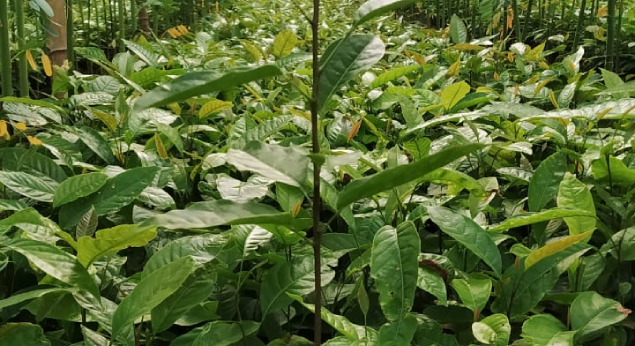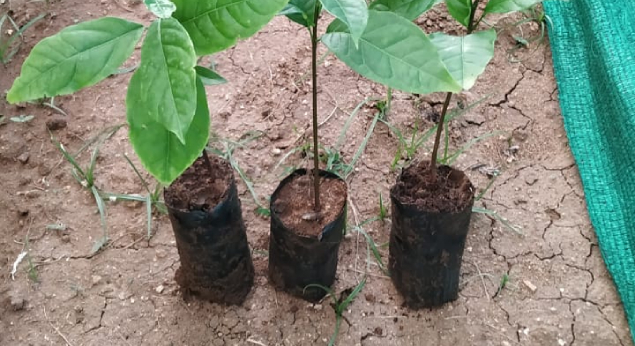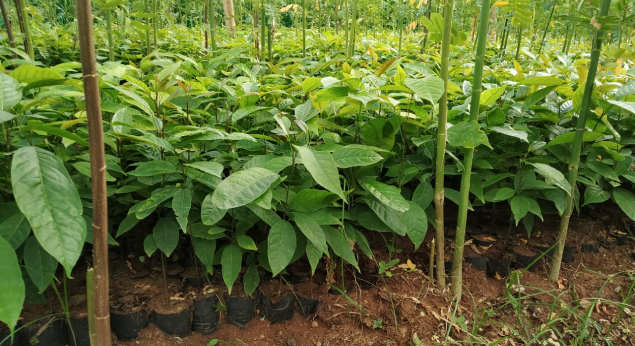Give plenty of space for the tree
Plant the tree at least 15 feet (4.57 m) away from any significant structure or residence. It should also be at least 8 feet (2.43 m) away from sidewalks, roads, or driveways. Because mahogany trees have big branches and extensive roots, proper spacing is essential. In India, trees grow from 60 to 80 feet in 10 to 12 years, at a rate of 3 to 4 feet each year. It grows at a rapid rate as compared to other trees.
Check the soil
It should avoid heavy clay soils and duplex soils. They thrive in neutral soils and can survive in highly acidic soils but not in alkaline soils. Sphagnum peat, Ammonium nitrate fertilizer, Sulfur coated urea, or Agricultural Sulfur can be used to improve naturally alkaline soil.
Water the tree regularly
Once a week, water the soil around the tree with a garden hose, delivering just enough water to create visible moisture on the soil's surface.
It may not require additional watering during rainy seasons. During unusual droughts, on the other hand, you may need to increase your watering plan from once to twice a week. The goal is to maintain the soil moist at all times, regardless of the weather.
When mahogany trees are young and have not yet established themselves, consistent water supplies are crucial. Fully mature trees may withstand some drought without dying, but dry spells may cause them to shed their leaves early in the season.
Fertilize your lawn thrice a year
In the spring, summer, and fall, apply fertilizer to the tree. For optimal results, use a balanced powdered fertilizer.
For yearly maintenance, the same fertilizer is used at the time of planting can be used. Nitrogen, phosphorus, and potassium should all be in identical amounts in the fertilizer.
Follow the instructions on the fertilizer's label for application. Instead of distributing the fertilizer over the earth's surface, mix it into the soil around the tree for the best effects.
Trimming young monogyny tree
Regular cutting during the first two to eight years of a tree's life can assist in regulating the tree's height and spread.
Examine the placement of the limbs and the distance between them. The healthiest mahogany trees will have a central trunk or core leader with multiple evenly spaced significant limbs. These limbs will expand to be at least 2 feet (61 cm) apart as the tree matures, if not more.
Aside from the center trunk, trim away any erect leaders. These upward-growing limbs might damage the tree by making it more difficult to withstand heavy winds and storms.
Remove any branches that grow greater than two-thirds of the core trunk's diameter, these kinds of limbs.

 Mahogany Plant Sapling Wholesale Price & Mandi Rates
Mahogany Plant Sapling Wholesale Price & Mandi Rates

